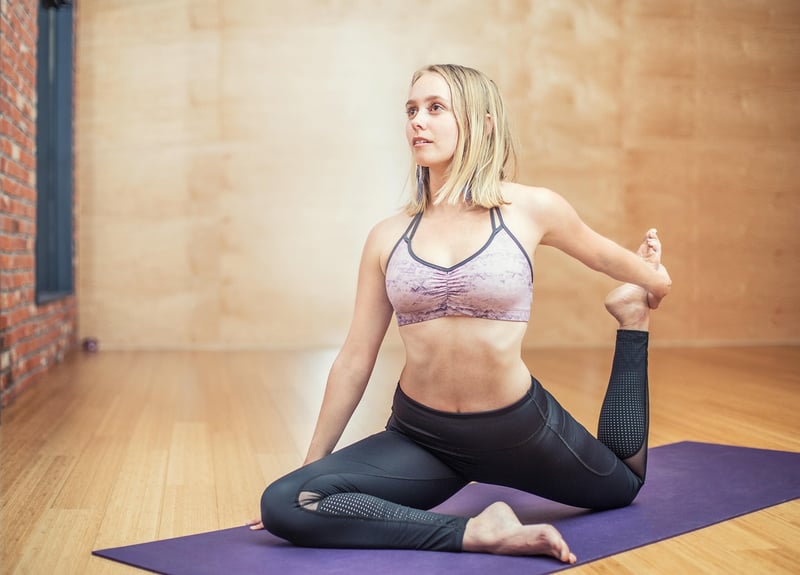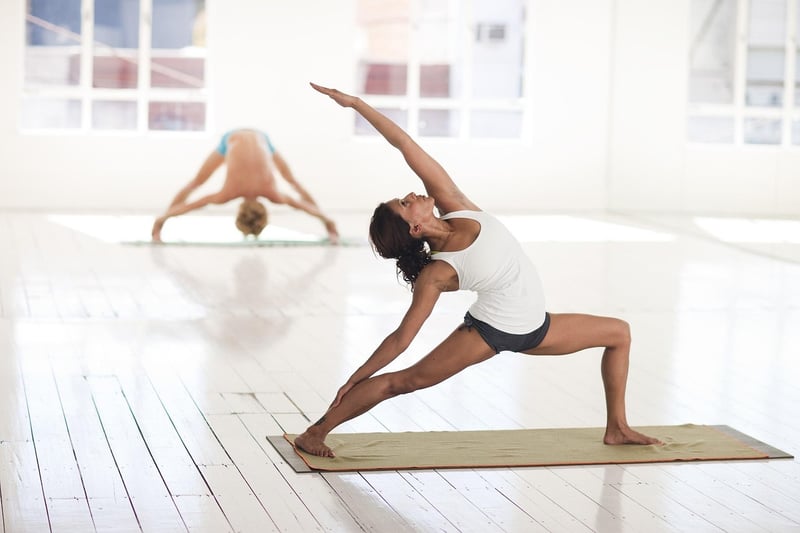Hatha practice
Flowing Movements with Breath in Hatha Yoga Practice
When it comes to Hatha Yoga, the integration of flowing movements with breath is a key element that enhances the practice. This dynamic combination not only helps in building strength and flexibility but also aids in achieving a sense of mindfulness and inner peace. Let's explore how the synchronization of movement and breath can elevate your Hatha Yoga experience.
The Power of Breath in Hatha Yoga
Pranayama, the practice of breath control, is fundamental in Hatha Yoga. By consciously regulating the breath, practitioners can influence the flow of vital energy in the body, known as prana. In Hatha Yoga, each movement is linked to either an inhalation or exhalation, creating a seamless connection between breath and motion.

Benefits of Flowing Movements
Flowing movements in Hatha Yoga help in warming up the body, improving circulation, and releasing tension. The continuous flow of postures, known as Vinyasa, promotes a sense of fluidity and grace in the practice. When coordinated with breath, these movements become a moving meditation, allowing practitioners to stay present and focused on the moment.
Creating a Fluid Practice
To incorporate flowing movements with breath into your Hatha Yoga practice, start by coordinating each posture with either an inhale or exhale. For example, inhale as you extend your arms overhead in Mountain Pose, and exhale as you fold forward into Uttanasana. Maintain a steady and rhythmic breath throughout the sequence to cultivate a sense of harmony between body and mind.
Final Thoughts
By embracing the union of flowing movements with breath in your Hatha Yoga practice, you can deepen your awareness, enhance your physical strength, and experience a profound sense of relaxation. Remember that the essence of Hatha Yoga lies in the balance between effort and ease, movement and stillness. Allow your breath to guide you through each posture, creating a seamless flow that nourishes your body, mind, and spirit.
